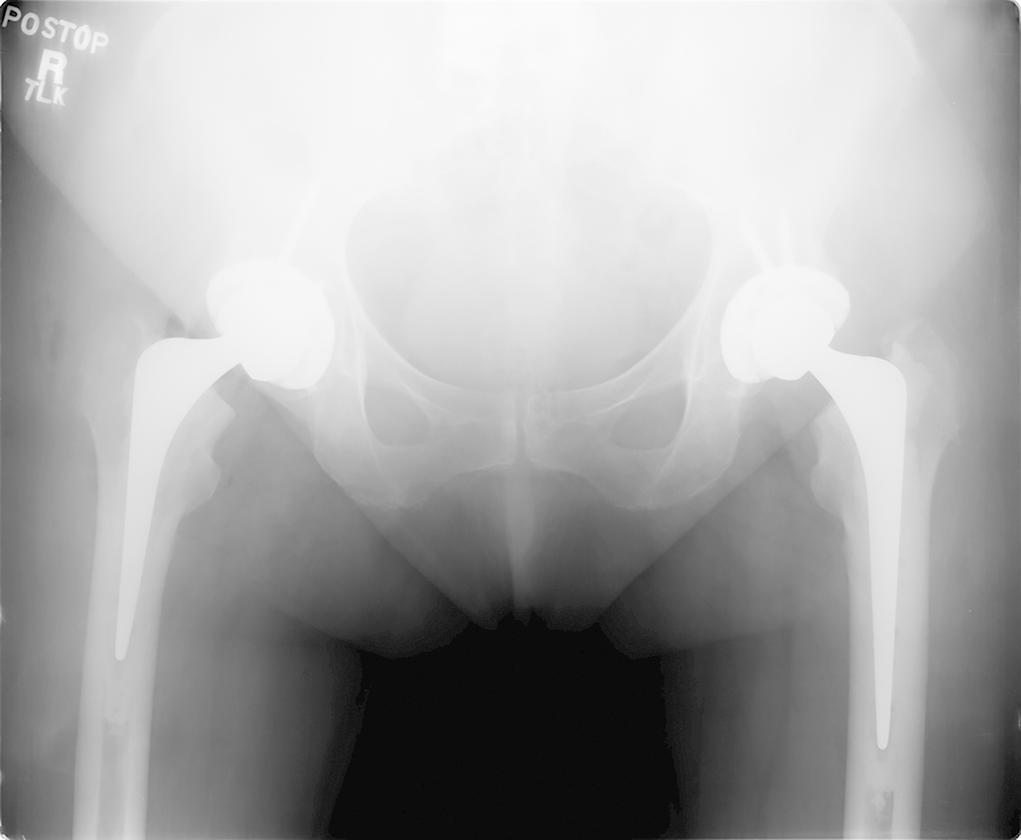In a new study reported in JBJS, Gausden et al. evaluated implant survivorship, complications, and radiographic results of a specific collarless, polished, tapered cemented stem (Exeter; Stryker) used selectively in a predominantly elderly population undergoing primary total hip arthroplasty (THA). The authors identified 386 patients who underwent a total of 423 primary THAs with selectively utilized Exeter stems for the treatment of osteoarthritis between 2006 and 2017. During the same period, 11,010 primary THAs were performed with uncemented stems and 961 with non-Exeter cemented stems.
Discussing their study, the authors say:
Most North American surgeons predominantly use uncemented stems in primary total hip arthroplasties and reserve cemented stems for selected older patients and those with poor bone quality. However, data on this ‘selective use’ strategy for cemented stems in the population at risk for periprosthetic fracture and implant loosening are limited…The strategy of selectively utilizing a collarless, polished, tapered cemented stem produced a low (4%) cumulative incidence of stem revision at 10 years postoperatively and resulted in no cases of aseptic loosening. The use of the Exeter stem did not eliminate postoperative femoral fractures in this predominantly elderly, female patient population.”
Click here for the full JBJS report.



